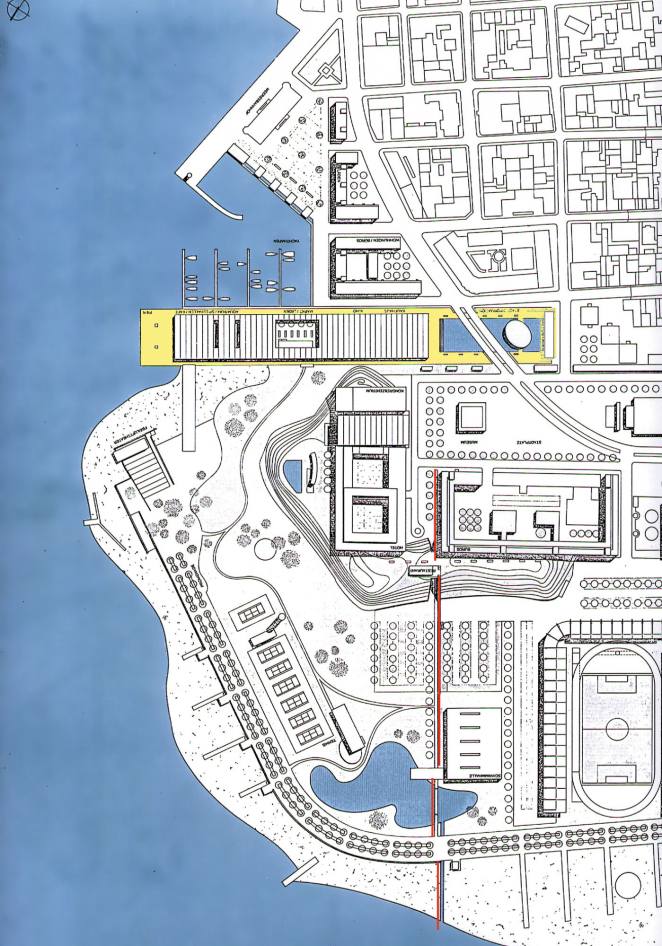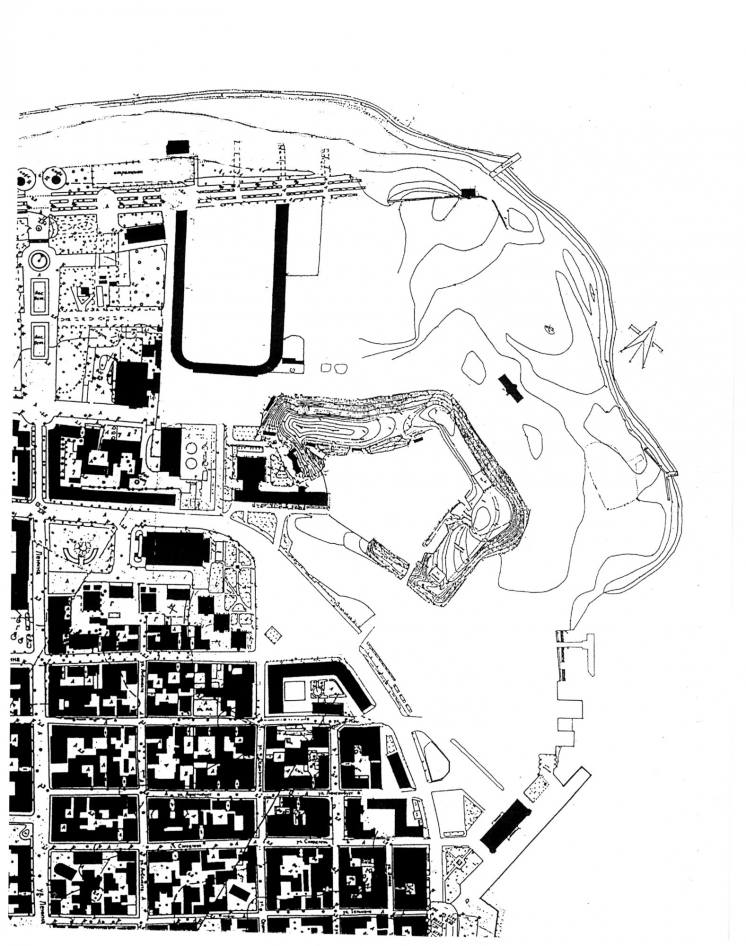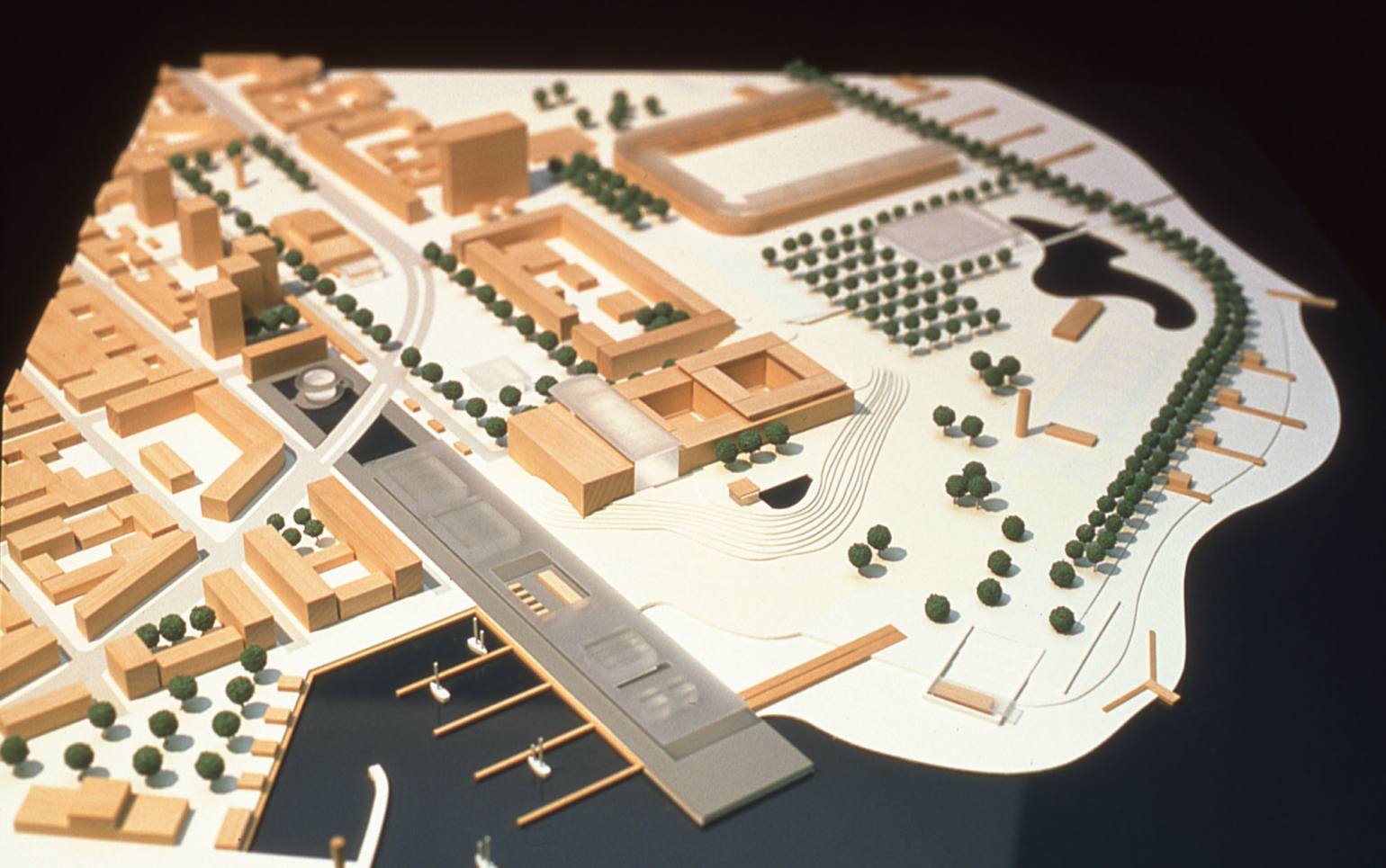Master Plan Study for Urban Development of Batumi, Georgia
Client
Government of Abchasien, Georgia
Planning report
1995
The aims of the municipal policy of Batumi include making the city more attractive for its inhabitants, businesses and tourism, as well as strengthening the political and economic significance of the city beyond its borders.Characteristics and deficits of the urban fabric were identified in a review and analysis of the situation and used to develop a framework concept.
Special features taken into consideration included the Mediterranean climate, the seaside location of the city with a harbour and promenade offering leisure facilities. A structural connection between the inner heart of the city and the sea as well as a clearly defined urban periphery were found to be lacking and oversized urban spaces created by traffic were identified. An appropriate improvement of the spatial urban situation was incorporated in the concept of the master plan.
Three key planning aspects and concepts were worked out and proposed:
- Delimitation of the urban structure with continuation of the typical orthogonality up to a structurally clearly perceivable periphery towards the sea and new appropriately sized spaces and centres in the city.
- Simultaneous opening up of the city by continuation of the streets to the sea and a pier-like structural development into the sea as an urban focus, also integrating a harbour for sailing boats and the end point of the seaside promenade.
- The new development sites are to be used for new specific purposes: Creation of a central urban space alongside the opera with new cultural facilities, mixed use including residential spaces near the harbour, commercial and leisure use on the pier, a hotel and congress centre on the hill by the sea, continuation of the ministry buildings at the periphery of the city and new sports and leisure facilities along the promenade up to the pier.




